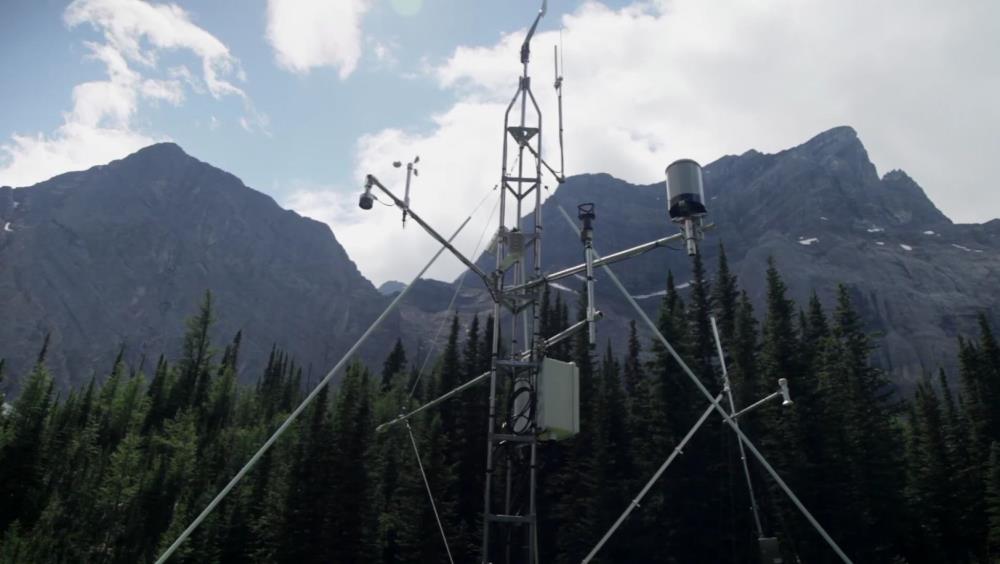
Related items loading ...
Section 1: Publication
Publication Type
Journal Article
Authorship
Kay, M.L., Jasiak, I., Klemt, W.H., Wiklund, J.A., Faber, J.A., MacDonald, L.A., Telford, J.V.K., Savage, C.A.M., Cooke, C.A., Wolfe, B.B., Hall, R.I.
Title
Paleolimnological evaluation of metal(loid) enrichment from oil sands and gold mining operations in northwestern Canada
Year
2023
Publication Outlet
Environmental Research,Volume 216, Part 1,2023,114439
DOI
ISBN
ISSN
0013-9351
Citation
Kay, M.L., Jasiak, I., Klemt, W.H., Wiklund, J.A., Faber, J.A., MacDonald, L.A., Telford, J.V.K., Savage, C.A.M., Cooke, C.A., Wolfe, B.B., Hall, R.I. (2023) Paleolimnological evaluation of metal(loid) enrichment from oil sands and gold mining operations in northwestern Canada. Environmental Research,Volume 216, Part 1,2023,114439.
https://doi.org/10.1016/j.envres.2022.114439
Abstract
Abundant reserves of metals and oil have spurred large-scale mining developments across northwestern Canada during the past 80 years. Historically, the associated emissions footprint of hazardous metal(loid)s has been difficult to identify, in part, because monitoring records are too short and sparse to have characterized their natural concentrations before mining began. Stratigraphic analysis of lake sediment cores has been employed where concerns of pollution exist to determine pre-disturbance metal(loid) concentrations and quantify the degree of enrichment since mining began. Here, we synthesize the current state of knowledge via systematic re-analysis of temporal variation in sediment metal(loid) concentrations from 51 lakes across four key regions spanning 670 km from bitumen mining in the Alberta Oil Sands Region (AOSR) to gold mining (Giant and Con mines) at Yellowknife in central Northwest Territories. Our compilation includes upland and floodplain lakes at varying distances from the mines to evaluate dispersal of pollution-indicator metal(loid)s from bitumen (vanadium and nickel) and gold mining (arsenic and antimony) via atmospheric and fluvial pathways. Results demonstrate ‘severe’ enrichment of vanadium and nickel at near-field sites (?20 km) within the AOSR and ‘severe’ (near-field; ? 40 km) to ‘considerable’ (far-field; 40–80 km) enrichment of arsenic and antimony due to gold mining at Yellowknife via atmospheric pathways, but no evidence of enrichment of vanadium or nickel via atmospheric or fluvial pathways at the Peace-Athabasca Delta and Slave River Delta. Findings can be used by decision makers to evaluate risks associated with contaminant dispersal by the large-scale mining activities. In addition, we reflect upon methodological approaches to be considered when evaluating paleolimnological data for evidence of anthropogenic contributions to metal(loid) deposition and advocate for proactive inclusion of paleolimnology in the early design stage of environmental contaminant monitoring programs
Plain Language Summary


 GWFNet
GWFNet Master
Master Data
Data Research
Research Map
Map
 Advanced
Advanced Tools
Tools
 . . .
. . .
 Metadata Editor
Metadata Editor
 Record List
Record List
 Alias List Editor
Alias List Editor
 Legacy sites
Legacy sites